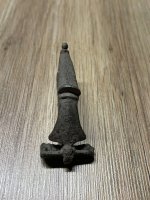OK this is what me and my dad been fighting about!
How many inches of topsoil generates in ten years in the woods?
I was thinking about one and not much more then that.
So let me know what you all think, so we can put this to bed!!
How many inches of topsoil generates in ten years in the woods?
I was thinking about one and not much more then that.
So let me know what you all think, so we can put this to bed!!




 l<-----------big ten-------->l
l<-----------big ten-------->l 





